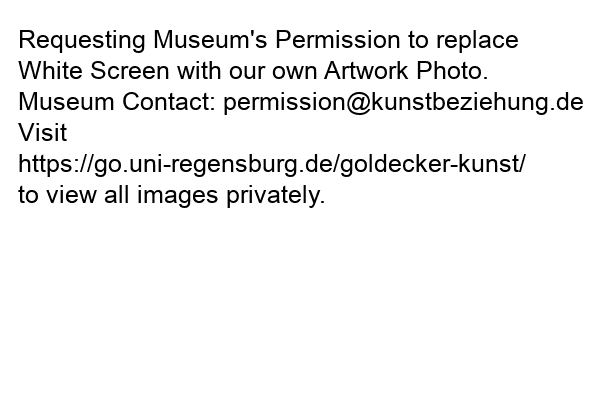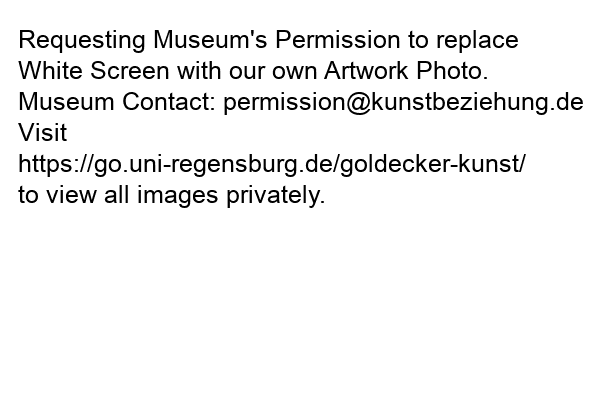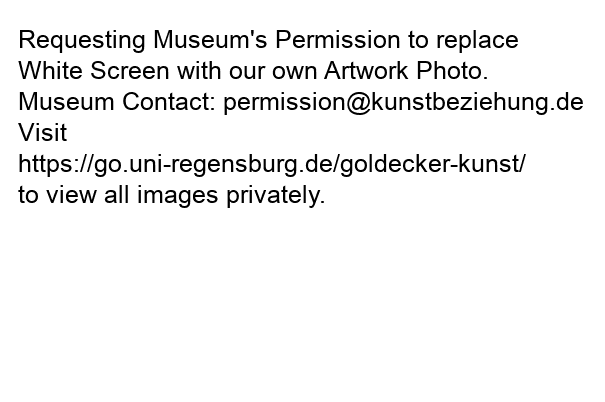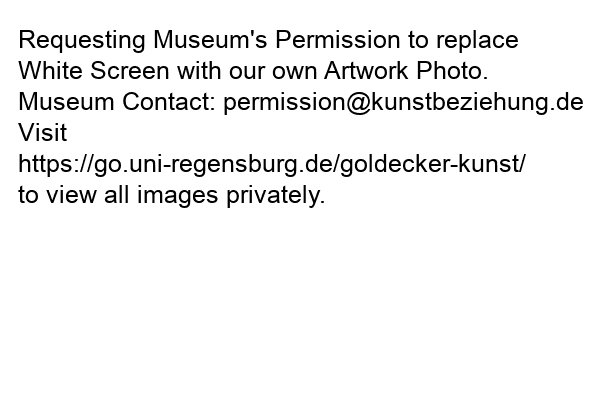DIE SAMMLUNG
Den Grundstock für die Sammlung des Kunstmuseum Stuttgart legte 1924 eine Privatperson: In Erinnerung an glückliche Studienjahre vermachte der aus neapolitanischem Hochadel stammende Graf Silvio della Valle di Casanova der Stadt Stuttgart seine Sammlung Schwäbischer Impressionisten. Als >>Städtische Gemäldesammlung<< wurden die Werke zunächst in der Stuttgarter Villa Berg gezeigt. In der Folge stellte die Kommune jährlich einen Ankaufsetat für Kunst zur Verfügung.
1961 gingen die Werke in die >>Galerie der Stadt Stuttgart« über, die im Kunstgebäude am Schlossplatz eine Heimat fand. In den folgenden Jahrzehnten wurden die frühen Schwerpunkte der Sammlung Otto Dix, Adolf Hölzel und sein Kreis, Willi Baumeister- ausgebaut und um zeitgenössische Positionen erweitert. Mit dem eigenen Museumsneubau am Schlossplatz kam die Sammlung 2005, achtzig Jahre nach ihrer Gründung, schließlich im eigenen Haus an und erhielt den Namen >>Kunstmuseum Stuttgart<<. Seither beherbergt das Museum auch das Archiv Baumeister. Mit der Sammlung Teufel kam 2009 ein umfang reiches Konvolut an Werken konkreter Kunst in den Besitz des Hauses. Auch die Zusammenarbeit mit der Konrad Knöpfel-Stiftung Fritz Winter und der Sammlung Scharpff bereichert das Museum.
Mit der sukzessiven Erweiterung der Bestände um Skulptur, Fotografie und Medienkunst gibt die Sammlung Kunstmuseum Stuttgart einen Einblick in die Entwicklung der Kunst vom ausgehenden 19. Jahrhundert bis in die Gegenwart. Georg Karl Pfahler, Walter Stöhrer, Dieter Roth, Wolfgang Laib, Joseph Kosuth, Michel Majerus, Josephine Meckseper, Gego und Katinka Bock sind mit wichtigen Werkkomplexen vertreten. Das spezielle Sammlungsprofil zeichnet sich durch seinen Fokus auf südwestdeutsche Kunst im Dialog mit internationalen Positionen aus dieses gilt es weiterhin zu stärken.
THE COLLECTION
The foundation for the collection of the Kunstmuseum Stuttgart was laid by an individual in 1924: In memory of his happy student years, Count Silvio della Valle di Casanova, a scion of Neapolitan high nobility, bequeathed his collection of Swabian Impressionists to the City of Stuttgart. As the >>Städtische Gemäldesammlung<< the works were initially exhibited at Stuttgart's Villa Berg. Since then, the municipality has allocated an annual budget for the acquisition of art.
In 1961, the artworks were transferred to the >>Galerie der Stadt Stuttgart«<, which was housed in the Kunstgebäude on Schlossplatz. During the following decades, the early core areas of the collection works by Otto Dix, Adolf Hölzel and his circle, and Willi Baumeister were expanded and complemented with contemporary positions. In 2005, eighty years after its founding, the collection finally moved into its own building on Schlossplatz and has been known as the >>Kunstmuseum Stuttgart<< ever since. The Baumeister Archive also became part of the museum at that time. With the Teufel Collection, an extensive convolute of Concrete art was added to the museum's holdings in 2009. Furthermore, the collaborations with the Konrad Knöpfel-Stiftung Fritz Winter foundation and with the Scharpff Collection continue to enrich the museum.
Through its successive expansion and increased focus on sculpture, photography, and media art, the collection of the Kunstmuseum Stuttgart provides an insight into the developments in the arts from the late 19th century to the present day. Significant key works by Georg Karl Pfahler, Walter Stöhrer, Dieter Roth and Wolfgang Laib, as well as Joseph Kosuth, Michel Majerus, Josephine Meckseper, Gego and Katinka Bock are part of the collection. Ensuring a dialog between southwestern German and international artworks is essential to further strengthen the specific profile of the collection in the future.



